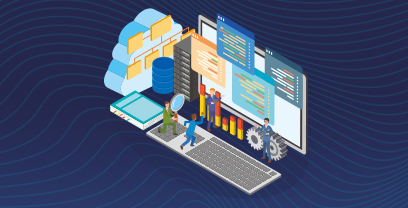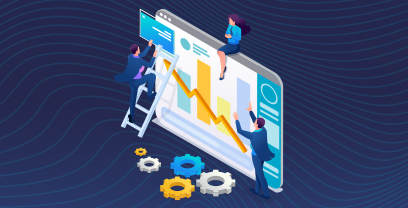|
The Forrester Wave™: Supplier Value Management Platforms, Q3 2024 See Report
Blog »
Deploy a Global Spend Management Solution
Best Practices for Deploying a Global Spend Management Solution
With greater uncertainty on growth, international trade and interest rates, optimizing Spend Management across an organization has never been so important. And that is why many firms have chosen to deploy a Spend Management Solution that will help them improve Global Performance.
But when you have made this choice, how do you ensure you are deploying this Suite in the best way possible? Here are a few issues almost every organization have to face at one moment or the other and that could help you save time and optimize your deployment.
Which departments should be included at the beginning?
Even if it is a Procurement project, it goes far beyond Procurement and is going to affect many people all over the organization. But that doesn’t mean all the Departments should be included at once. At this moment, the real need is to set-up a project planning. Only the strategic Departments need to be involved. So having meetings with the Procurement and Financial Departments may be the most efficient way to build the process if they always make sure the IT infrastructure is strong enough. Suppliers should not be engaged at this time. In order to create the most efficient project planning, it can be clever to divide it into different waves, go step by step, and add data and countries as you advance.
How do you concretely set a project planning?
In other words, how do you subdivide a global project into lots of projects? Your project planning is very likely to include many different countries and a huge amount of data, so you will have to manage this part very wisely. What you can do is to start with the most difficult modules & countries, in order to better anticipate the difficulties you could face in the future. But the real challenge at this point is Change Management.
Nobody likes to change. Everybody agrees that change is needed, but everybody believes that the others are the ones who should change. In order to efficiently manage change, you can go and identify what each region is passionate about, and you can give each region the lead over the particular capability they are going to deploy first (note that a Spend Management program is always deployed in phases). By acting like this, you will give these regions a sense of ownership of the success of the overall program, and more importantly you will show them that the organization is really interested in their concerns.
How do you ensure you stick to the original specifications? And is it OK to deviate a little bit from them?
First of all, it should be said that nobody is ever going to stick 100% to the original specifications, because new issues and priorities will inevitably arise even though you cannot forecast them. But the best way to make sure you can keep that to a limited basis is to do all your preparation work up front:
- Make sure you have the right groups involved
- Make sure you have the right people involved (people that will understand the technology AND the business)
- Make sure you understand what the desired outputs are
You will also need to ensure the tool fits your original needs, and this is a key part of the requirement process. This can be much more complicated than it seems. Indeed, every region is going to have its own Workflows and its own local regulations. So you need to sit with local regions and to find a solution that incorporates these particularities but that still fits the original requirements of the overall process.
Now that you have done all of this, you “just” need to make this tool be used.
How do you engage support from employees?
At this point, you need to get all your Suppliers and employees engaged, from top management to the smallest item supplier. This is actually the phase in which you will get your Suppliers engaged. In order to make sure that people know how to efficiently use your website, the only solution is to give enroll everyone in training sessions. Simply keep in mind to implement an overall training with a local execution, and you will be able to deploy your Spend Management Solution as efficiently as possible.


